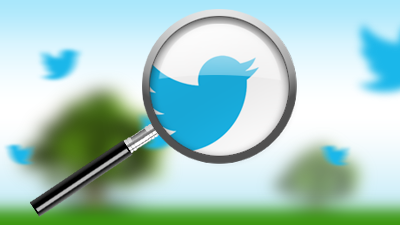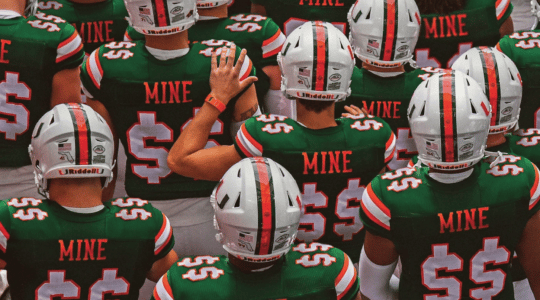
In February, Twitter announced a new API that will allow businesses and brands to run campaigns through five initial partners, including Adobe, Hootsuite, Salesforce, SHIFT, and TBG Digital. This will enable brands to create several ads and tailor them to specific groups and platform, which previously could be very time consuming.
The most interesting thing about Twitter advertising, compared to other platforms, is that Twitter ads are content driven. You’re not promoting banners with recognizable faces or flashy graphic design. As all promoted content on Twitter includes written content, the copy must be engaging. Brands must make an effort to create content that is not only worth reading, but worth clicking. Search ads that businesses run on Google are similar, but promoted tweets offer a dramatically different user experience as the user is not necessarily searching for a product. Instead, they’re searching for a conversation, wherein the promoted tweet is then discovered.
That is why I’m so excited about Twitter opening up their API for third parties and brands to better scale their campaigns – and the user should be excited too. Those utilizing the API to serve and analyze promoted tweets must still create engaging copy and inbound oriented campaigns, but they’ll now have the power of better testing and the ability to scale faster. When I think about how advertising should really work on the web, it should always have an inbound focus first. The campaign needs to be intriguing enough that users will engage without the content forced upon the user. Paid advertising just puts the marketer’s foot on the accelerator, pushing that awesome content out to the world more effectively and becoming a part of a larger conversation. When done right, the user appreciates paid advertising, whether that’s because it made them laugh, think, or make a purchase.
Additionally, I assume API access will improve targeting. The most annoying thing about Twitter advertising is when it is completely irrelevant to the user. Whether the user is on the wrong device, in the wrong location, or have completely opposing interests, bad targeting can ultimately hurt a brand. I can’t even repeat some of the nasty remarks we’ve received from users who don’t want to see our promoted tweets, but unfortunately, we’ve had little control over this due to the lack of ability to control targeting. I can’t imagine what major brands run into when promoting their latest products and how this might impact brand sentiment.
We don’t have access to the new API in order to compare it to Facebook (yet), but considering the integrations with these platform partners, I’m assuming performance metrics are a central part of the data provided. The goal being to allow marketers to blend results with their overall marketing and advertising strategies. Twitter is smart to focus on a limited number of partners to kick off the program, as its user base has a love-hate relationship with advertising on the platform. The expectation for incredible advertising by Twitter users is higher than any other platform I’ve seen, and if you open the floodgates to partners that don’t understand that, you risk abusing your users to the point of abandonment.
I honestly believe Twitter has set the stage to change the way we think about online advertising by truly challenging marketers to be part of a conversation rather than dominating it. With over 200 million monthly active users, and 65% of their user base logging in from mobile devices, there is a greater opportunity than ever to build personal interaction with users where authenticity will rule. I respect that Twitter continues to dip a single toe into the water at a time, taking care to understand the social impact of their advertising and limiting it to responsible brands and agencies. You can bet I’ll be watching my feed to see how Twitter ads evolve with more data and scale to support them.
Like this article? Sign up for our blog digest emails.
Author
A digital marketer by background, Peter is the former CEO of TUNE, the enterprise platform for partner marketing. In 2018, he sold TUNE’s mobile measurement product to Branch, unifying measurement and user experience. He led TUNE’s efforts to bring better management technology and automation to marketing partnerships, across affiliates, influencers, networks, and business development relationships. Follow @peterhamilton




[…] Twitter’s New Ad API Better for Brands and Users, HasOffers […]